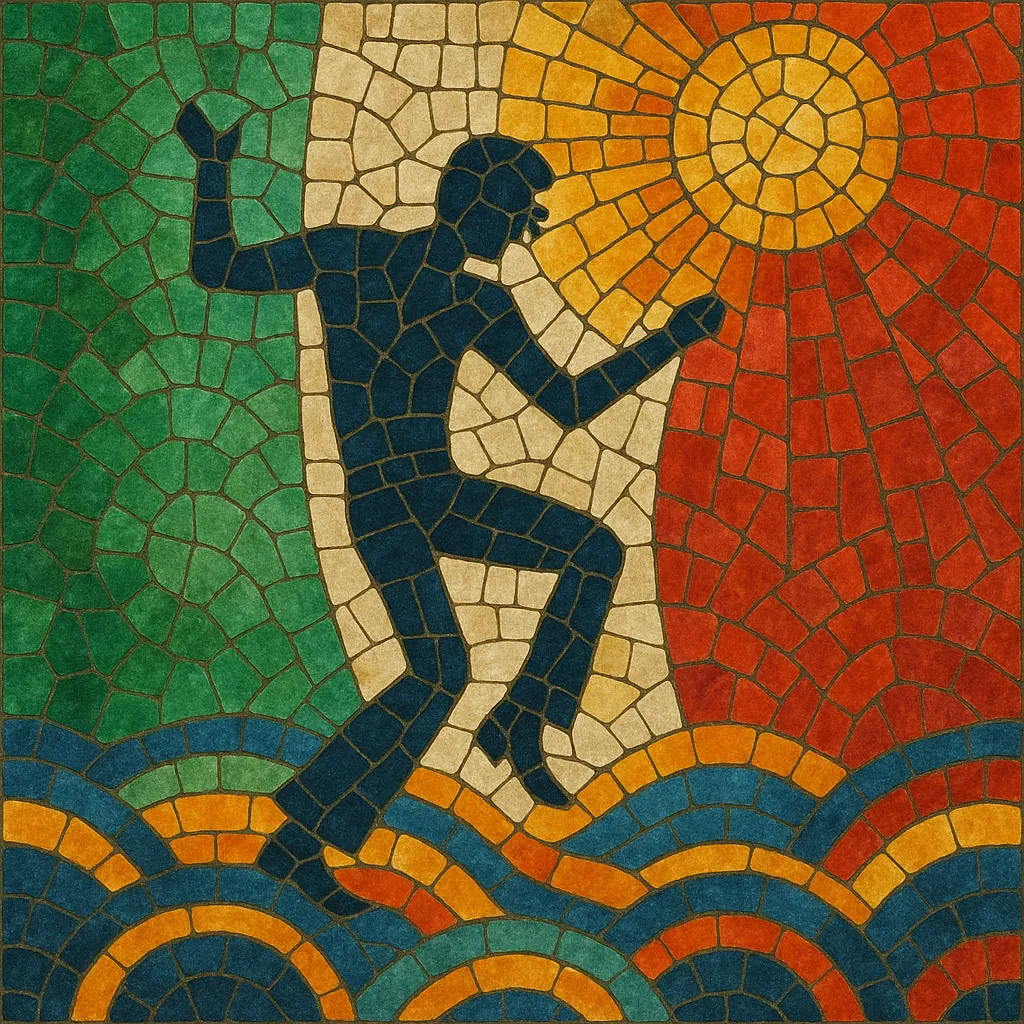Italo dance is a melodic, radio-ready strain of European dance music that emerged from Italy in the late 1990s. It blends the hook-forward gloss of Italo disco and Eurodance with the groove of house, emphasizing catchy toplines, bright synth leads, and four‑on‑the‑floor rhythms.
Tracks typically run around 128–140 BPM and feature an off‑beat bass, side‑chained pads, and supersaw or square‑lead riffs that mirror the vocal chorus. English‑language vocals—often delivered with a distinctly Italian timbre—alternate with instrumental refrains, making songs equally suited for club play and mainstream charts. The overall aesthetic is uplifting, sentimental, and unabashedly “pop,” with earworm choruses and simple, emotive chord progressions.
Italo dance crystallized in Italy as producers who had cut their teeth in Italo house and Eurodance steered toward even more melodic, pop-friendly arrangements. Independent labels and studios—such as Bliss Corporation (Turin), Media Records (Brescia), Time Records (Bergamo), and Do It Yourself—became hubs where writers, topliners, and programmers assembled efficient, hook-driven tracks. Early cornerstones included Gigi D’Agostino’s crossover hits and the arrival of Eiffel 65, whose blend of vocoded hooks and rubbery basslines defined the sound for a global audience.
Between 1999 and the early 2000s, Italo dance surged across European charts. Eiffel 65’s “Blue (Da Ba Dee)” and “Move Your Body,” Gigi D’Agostino’s “L’Amour Toujours” and “La Passion,” and singles by Prezioso & Marvin, Molella, DJ Ross, Floorfilla, Ann Lee, and Neja established a recognizable formula: glossy supersaw leads, off‑beat bass, and alternating vocal/lead‑synth choruses. The style’s accessibility brought it heavy rotation on radio and music television, while clubs embraced extended mixes with longer intros and breakdowns.
As EDM diversified, Italo dance’s DNA spread. In Germany and Central Europe it fed into the high‑energy “hands up” scene; online, sped‑up Eurodance/Italo melodies helped inspire nightcore; within Italy, Gigi D’Agostino popularized the slower, harder “lento violento” variant. While mainstream momentum cooled after the mid‑2000s, the genre’s signatures—big emotional choruses, bright leads, and evergreen four‑on‑the‑floor energy—continue to echo in dance‑pop and nostalgic revivals, with periodic resurgences driven by streaming, sample culture, and retro‑Euro club nights.


